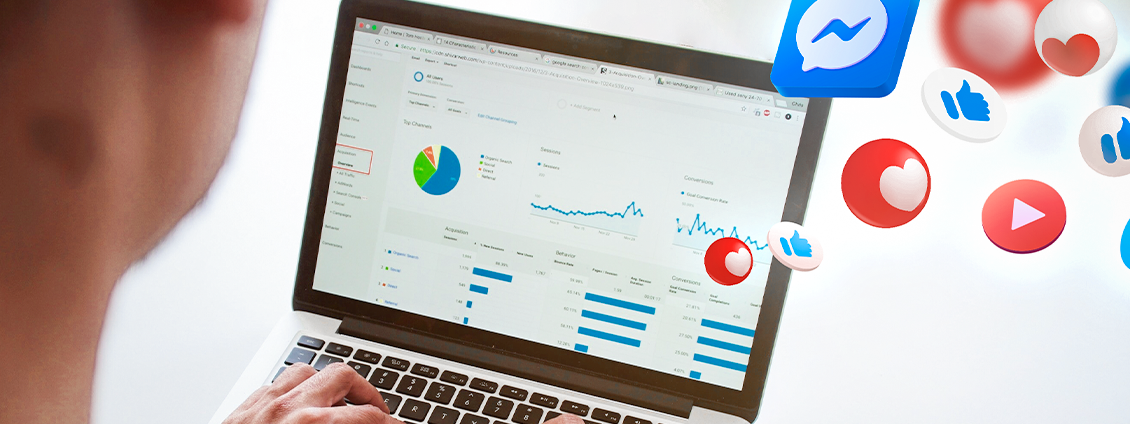- Solutions
Our solutions
Digital solutions combining strategy, technology, automation and people.
Technology advisory
Navigate the fast-changing world
Cloud engineering
Transformational change at scale and speed
Data solutions
Realise the untapped potential of data
AI and machine learning
Leverage your data assets
Application engineering
Optimise and grow your digital investment
Maintenance and support
End-to-end application management
Business process solutions
Manage business processes to reduce operating costs
Quality solutions
Independent testing for your systems and software
Digital experience platforms
Redesign your digital assets for the optimal customer experience
- Industries
Industries
We provide solutions tailored to your sector to assist you in identifying opportunities, realising value and opening up new markets.
Financial services
Insurance, risk management, banks, and fintech
Healthcare
Patient empowerment, lifesciences, and pharma
Retail
Functional and emotional customer experiences online and in-store
Travel
Airlines, online travel giants, niche disruptors
Media and publishing
Content consumption for the tech-driven audience
Hi-tech and IOT
Real-time information and operational agility and flexibility to respond to market changes
Logistics and supply chain
Reimagine a supply chain that is more flexible and resilient to change
Education
Create an exciting and engaging digital experience for students and departments
- Our thinking
Our thinking
The latest updates to help future-focused organisations on the issues that matter most in business.
News
Keep up to date with company news and announcements at NashTech
Digital Leadership Report
Explore insights from the latest world's largest and longest-running study on technology leadership
Insights
The latest expertise and thought leadership from the NashTech and our clients
Resources
Expert guidance on everything from complex technological issues to current trends
- Case studies
- About us
About us
Find out what makes us who we are
Leadership
The diverse leadership team at NashTech
Nash Squared
A global professional services organisation with three key areas of focus
Vietnam 360°
Experience a 360 degree all-encompassing virtual tour of NashTech’s Vietnam offices
ESG
Discover our environmental, social and governance commitments
Diversity, equality and inclusion
Making diversity, equality and inclusion an integral part of our culture
Our locations
Discover our network of global offices, centres of excellence and innovation
- English
Cybersecurity: Is your CMS a risk to your business?

Your Content Management System (CMS) is a key component and public face of your business. But software applications and websites are key entry points for cybercriminals. Defending your CMS ecosystem from cyberattacks is vital to keeping your business safe.
Cybercrime stats are the stuff of nightmares
It’s estimated that a business falls victim to a ransomware attack every 14 seconds and the global annual cost of cybercrime is $6 trillion per year. By 2025, the annual cost worldwide could reach $10.5 trillion.
From the smallest business to the largest tech giants, every size and type of company has suffered breaches. And it’s not just financial costs. Brand damage and lost trust may never be restored – particularly if customers are put at risk.
Read on to learn why your CMS could be your weakest link and three steps to take now to strengthen your defences.
Complexity is security’s nemesis
Software development has changed beyond recognition over the last few decades. The rise of open-source software (OSS), distributed systems and hybrid cloud architectures combine to create complex, multi-layered ecosystems within every business. Protecting these ecosystems against cyberthreats is challenging.
Security needs to be built in at every level and constantly updated to match the threat landscape.
Challenges of OSS
OSS comprises a large part of most modern software. It brings cost-savings, innovation, flexibility. And risk.
OSS developers range from unpaid enthusiasts to teams in high-tech conglomerates. Some follow security best practices, others don’t. Developers move on, leaving products unsupported. The lines of responsibility for managing and maintaining code (including security updates) are often blurred.
It’s not just OSS
Any part of a supply chain can introduce risk, as demonstrated by the SolarWinds Orion attack.
Bespoke developments too are vulnerable if developers don’t adhere to best practices. Software reuse is a common practice, but code often becomes deeply embedded within applications, making maintenance hard. Software documentation may be incomplete or out-of-date.
The CMS risks
Many companies use an open-source CMS, such as Drupal, Joomla, WordPress or Umbraco.
And most enhance their CMS with plugins, 3rd party products, bespoke extensions and integrations to other business critical systems – expanding their attack surface. Customer-facing portals present additional security risks around identity-related attacks – another aspect to consider if the portals are created using the CMS.
Cybercriminals focus their efforts on websites using components with known vulnerabilities. Zero-day attacks get publicity, but many websites are breached through years-old flaws that businesses failed to patch.
Businesses struggle to keep their CMS ecosystems up-to-date. Updates require analysis, regression testing, changes to other systems. And do you even know if you’re using a particular version of an obscure open-source library that needs patching?
A CMS often has many users, including content creators, managers, developers, IT support. A lack of suitable identity, authentication and access controls can open the door to hackers.
What can be done?
Every business has unique cybersecurity requirements, driven by factors such as its size, digital transformation journey, legacy systems, and data stored.
A cybersecurity programme can cover a range of strategies, from zero trust and AI to penetration testing and user training. Wherever you are with your programme, here are three actions you can take now to shore up your CMS defences.
1. Understand your ecosystem
What you don’t know can hurt you.
Analyse your CMS ecosystem to create a list of its components and dependencies. Automated tools can help develop a comprehensive Software Bill of Materials (SBOM).
With this foundation, analyse risks and prioritise mitigations. Do you have components from untrusted suppliers or that can’t be fully evaluated? Can you remove or replace them?
Check for outstanding security updates and plan implementation depending on the severity of the vulnerabilities they’re fixing.
2. Check your backups
If your systems are paralysed by a ransomware attack, can you rely on your backups to restore business-critical data?
In many cases, the discovery of a missing component or backup failure is only made when it’s too late.
With the complexity of modern systems and hybrid cloud architectures, it’s critical to assess where data is stored, what must be backed up and how frequently. Test your CMS backups to check integrity and completeness – and ensure you can recover your data when and where you need it.
3. Review users
Could a lack of CMS access and identity controls be an open door to hackers?
A zero-trust approach may be a long-term goal, but there are steps you can take now:
- Remove access from any users who have left or no longer need it
- Check that users have only the privileges they need for their role
- Ensure that minimum administrator privileges are assigned and only where necessary
- Implement multi-factor authentication
Can we help?
Working with an expert partner can save time, money and stress. NashTech has in-depth knowledge of CMS ecosystems and extensive experience in application security methodology and implementation.
Learn more about our approach in application services and security or arrange a call to discuss how we can help.
Suggested articles

From rising above adversity to riding the wave of digital transformation in the education sector
Explore how NashTech help Trinity College London ride the wave of digital transformation in the education sector

Migrating and modernising the virtual learning environment to AWS for an enhanced experience
The migrated and modernised Moodle infrastructure means that The Open University can now take advantage of cloud benefits.

A glimpse into a year-long RPA journey with a leading digital advertising service
A glimpse into a year-long RPA journey with a leading digital advertising services and solutions provider and how NashTech helped them.
We help you understand your technology journey, navigate the complex world of data, digitise business process or provide a seamless user experience
- Topics:


